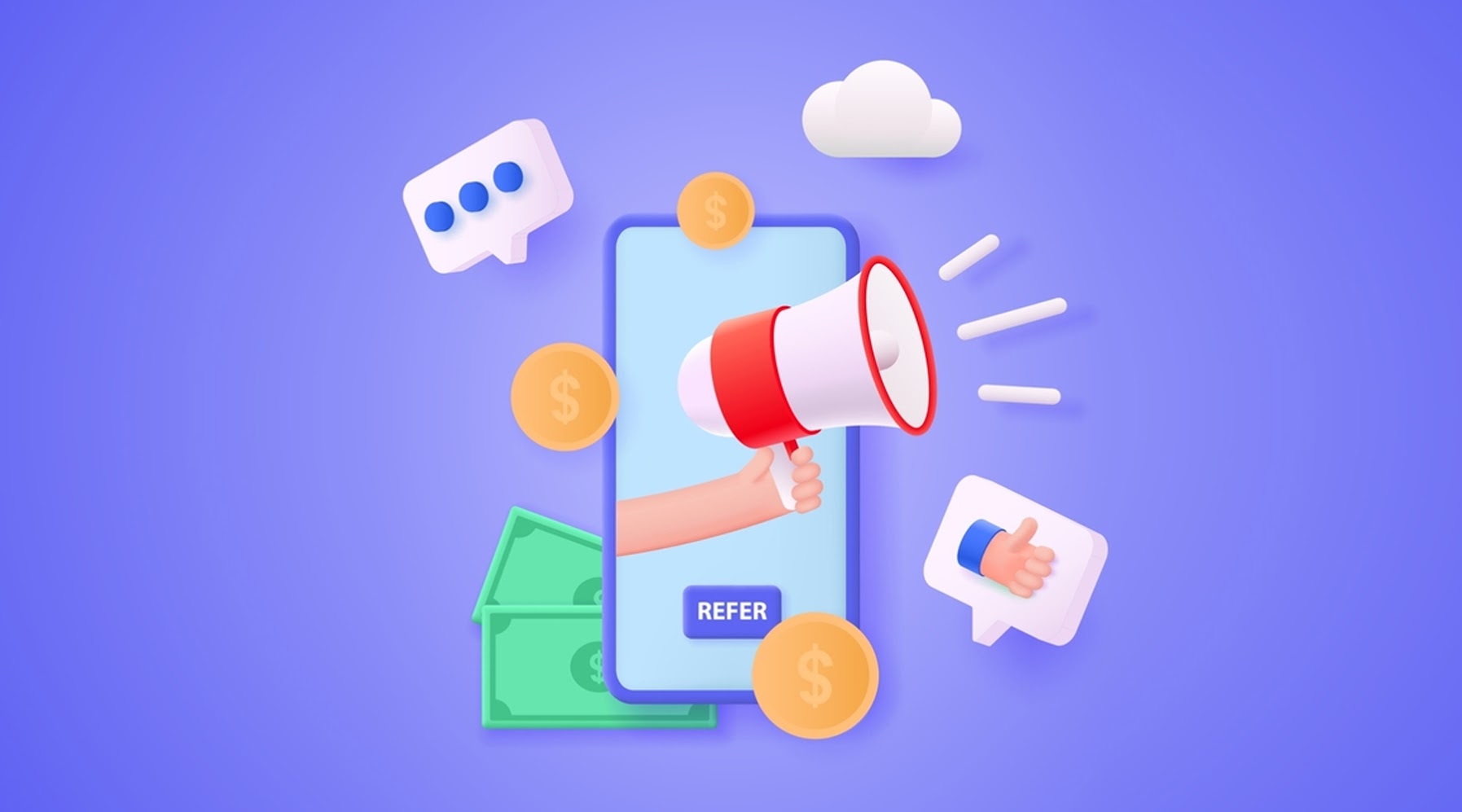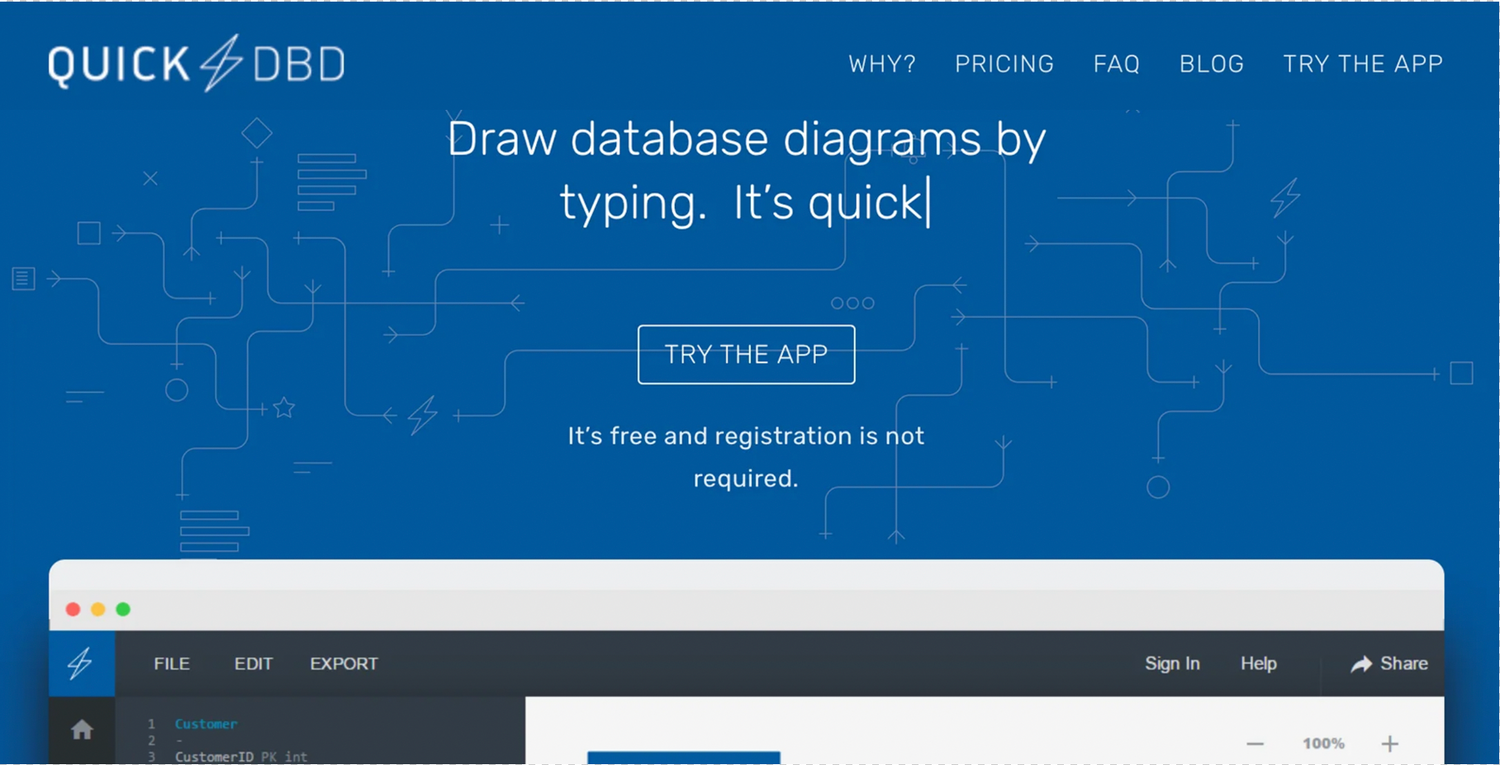Affiliate marketing has taken the world by storm due to the exciting opportunities it brings to brands, especially e-commerce businesses. Globally Affiliate Marketing's worth is approximately $17 Billion, and in the United States, it's roughly $6 billion.
This blog post will discuss affiliate marketing 101, how it works, whether it is worth it, and most importantly, how to get started!
Before going any further, let's define what affiliate marketing means.
What Is Affiliate Marketing?
By definition, it refers to a marketing practice where an affiliate of a business earns a commission for promoting the business's products or services on their respective social media channels, blogs, etc.
A typical example of affiliate marketing can be seen on YouTube and Instagram. It's when influencers share a link to a product they've liked. If a customer shops from the brand using that link, the affiliate earns a commission on the sale. In other words, a company pays part of its profits to a third party to sell its products/services.
Affiliate marketing is an attractive sales model since more than traditional marketing is needed for growth. There is a need for unconventional promotional strategies that help generate sales.
How Does It Work?
Affiliates of a business are given a unique link or code that they can share with their friends, family, and followers. If a customer buys from the business using the affiliate link or code, the affiliates earn a share of the revenue generated.
Brands use the links/codes to keep track of every sale that happens through the affiliates. That's how they give out the commissions.
Affiliate marketing platforms like ShareASale match merchants with affiliates. Affiliates can search for the products they want to promote and earn a commission.
This type of marketing involves three parties; sellers, affiliates, and customers. All three of them are vital to the success of affiliate marketing.
Sellers are the businesses that want to increase their sales or tap into new consumer markets using the affiliate's network.
Affiliates, also called advertisers or publishers, are individuals or companies that promote a brand's products/services to convince customers to purchase. The customers are the ones that make sales happen. If the affiliates persuade them, they'll go to the brand's website using the affiliate link or shop from the brand using the affiliate code.
One thing to note is that affiliates must disclose their relationship with the brands as per the guidelines issued by Federal Trade Commission and that customers must know it's a paid endorsement. This is so there's nothing hidden from the consumers, and they can make a conscious choice to purchase the product/service that's being endorsed.
An example is when a YouTube influencer gives a disclaimer at the start of a video saying, "XYZ has sponsored this video," or uses a #sponsored or #ad hashtag on Instagram or TikTok.
Now that we've covered how affiliate marketing works, let's discuss the different types.
Types of Affiliate Marketing
Affiliate marketing is divided into three types — Unattached, Related, and Involved.
Often, customers don't know whether the affiliate personally uses the products/services they're endorsing or they're just promoting it just for the sake of commission.
Knowing these categories helps differentiate between the affiliates that personally use the products/services and the ones that don't.
Unattached
This is where an affiliate doesn't have a connection with the product or the brand they're promoting; their expertise doesn't align with the business niche.
A common practice among unattached affiliates is Pay-per-click or PPC campaigns; they hope their followers click on the link or use the code to shop from the business, generating their commission.
A potential drawback of unattached affiliate marketing is that since the affiliates aren't closely associated with the product or the brand, the customers might give little weight to their words.
Related
This is the middle ground between unattached and related affiliate marketing. It's where an affiliate doesn't have direct experience with the products/services a brand offers but belongs to the same niche.
An example might help explain this better: A food blogger promotes a newly opened café on Instagram but has yet to try the food personally.
Related affiliates hold more credibility as they're more knowledgeable about the industry than unattached affiliates. However, one major drawback is that if the food from the new café turns out to be subpar or bland, it will hurt the credibility of the affiliate.
Involved
These affiliates are closely related to the brand they're promoting. They use the product they endorse, giving them authority to promote it to their audience.
Customers buy the product using the affiliate link because they trust the recommendation. It takes hard work to reach this level, but building customer trust is beneficial in the long run.
Benefits Of Affiliate Marketing
Is affiliate marketing worth it? We say yes!
There are many benefits for both the affiliate and the business being promoted. Here are some of them:
For the Affiliate
It's a good passive source of income for the affiliate. An influencer can invest some time to make a campaign promoting a product, and that's where their work ends.
After that, customers will keep buying the product, earning them a commission even while they're sleeping!
Moreover, they can work from the comfort of their homes without going to a 9 to 5 job, ensuring excellent work-life balance.
It's also relatively cost-effective compared to the high costs of starting a new business. The affiliate doesn't need to make a product or rent an office space for affiliate marketing. They can get started hassle-free at minimum costs!
For the Business
Businesses have a new way of promoting their products/services and generating more sales!
As mentioned previously, traditional marketing is no longer sufficient; customers trust influencers, reviews, and word-of-mouth more these days.
That's why affiliate marketing is a powerful tool; customers tend to trust the recommendations of an affiliate marketer.
How To Get Started With Affiliate Marketing
Last but certainly not least, how does one become part of the affiliate marketing world?
Here’s how:
Decide On A Niche
It's better to figure out your niche than become an unattached affiliate. The audience may be smaller but more likely to convert using the affiliate link.
Food blogging, technology, and gardening are a few examples of affiliate marketing niches.
Confused about which affiliate marketing niche to choose from? Think of the answers to the following questions:
How knowledgeable are you about the niche? You should be familiar with the subject to add more weight to your recommendations. This takes time and requires learning.
Secondly, is the niche profitable? Google's your best friend here! Search about your niche thoroughly – who are your customers? Who will likely be your competitors? Is it a saturated market?
A busy market isn't bad since that means they have customers willing to pay. However, saturated markets mean it's harder to establish your presence, and sometimes, you're better off choosing a niche with little competition.
You can get this information by reading market research reports available online!
Choose Your Platform
Choosing the right platform is one of the key decisions you need to make to get started with affiliate marketing. With several different communication channels available today, you have lots of options.
The old-fashion way is product review sites dedicated to product reviews and comparisons. These sites can also post content like A Buyer's Guide to XYZ or upload product tutorials to demonstrate how a product works. An example of such a website is the New York Times Wirecutter!
Then, you have social media channels like Instagram and TikTok, which are all the rage these days. You can create content and post it on your account for your followers to see and click the affiliate link.
For example, video content performs exceptionally well on TikTok and Instagram. Both are great platforms for affiliate marketing as they allow you to create and post content and build rapport with your followers or future customers!
Start with the platform you know, like the back of your hand, and the one where your expertise lies. Do you make good videos? Great, why not choose TikTok as your platform? A good writer? Try blogging.
Find Relevant Affiliate Programs
Instead of promoting a brand unlikely to interest your audience or one you need to become more familiar with, choose one you genuinely know and like.
You can approach your favorite brands and inquire about their affiliate programs! As we've mentioned before, many brands are now offering affiliate programs.
Another thing to consider is if the program gives a good commission. Rolling out content requires time and effort, and you should be earning your justified share!
Furthermore, does the program have a good market reputation, and what's the earning-per-click rate? EPC is a metric used to measure the average affiliate earnings per 100 clicks. You can get this information and more at affiliate marketing sites like ShareASale.
Make Valuable Content
Making valuable content is vital to becoming an affiliate marketer.
Your content should be interesting, engaging, and convincing enough for your followers to click on the affiliate link or use your discount code.
How to do that? As we said, pick a platform you're most comfortable with and start there. Hop on the latest trends and keep creating content! Don't give too long of a gap or post subpar content just for the sake of posting.
If you've got a blog, optimize it using SEO tools like keyword research to bump up your website on the search engines!
Build an Audience
If you're an affiliate marketing site, use email marketing to reach your audience. Offers, newsletters, and updates on new content can help reel them in.
For social media channels, follow other influencers operating in similar niches and try to collaborate with them so you can spread the word about your channel among their followers.
However, it's not enough to build an audience; retaining them is equally important so they keep coming back to your content!
Communicate with them via Instagram stories and direct messages and provide helpful content to help them make informed purchasing decisions. Don't just outright sell to them to earn a commission.
The more your followers feel connected to you, the more they'll trust your word and purchase using your affiliate link.
Final Thoughts
In this blog post, we've covered what affiliate marketing is, how it works, different types of affiliate marketing, its benefits, and finally, how to get started.
We hope you found it helpful!



